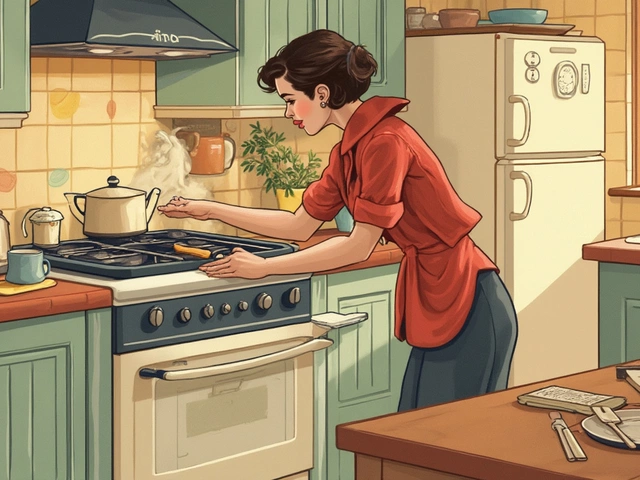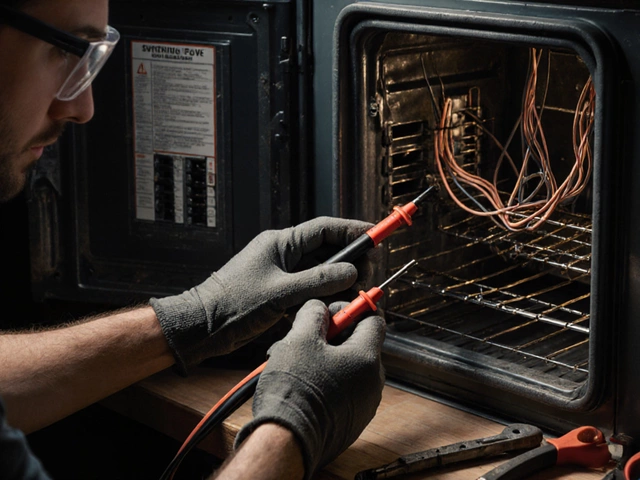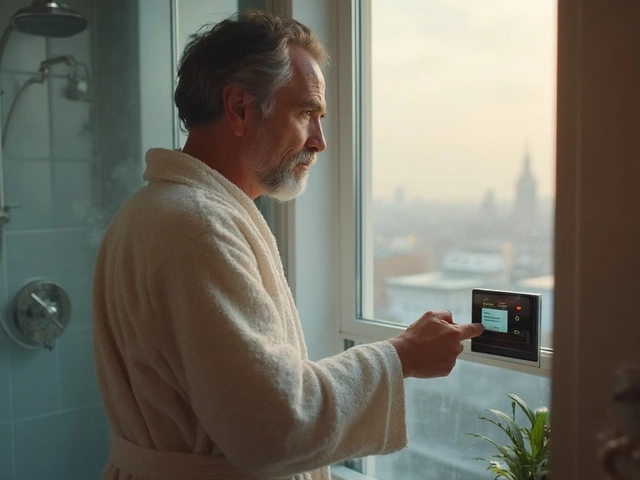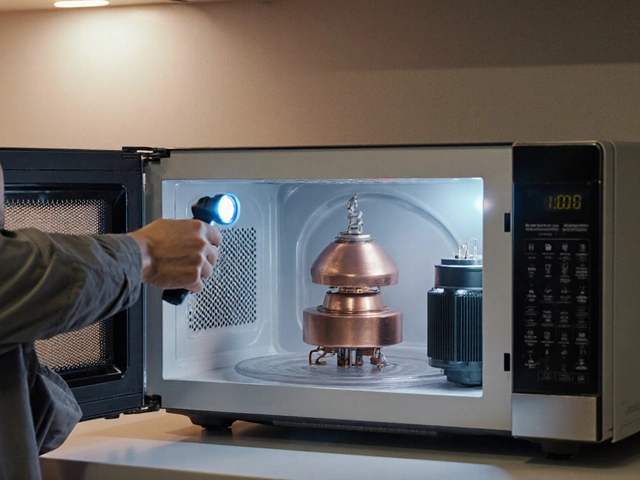Why Did My Electric Oven Suddenly Stop Working?
February 6 2025Fan Troubleshooting – Quick Fixes for Common Fan Problems
Fans are the quiet workhorses that keep your kitchen, bathroom and living room comfortable. When they sputter, hum or stop, it feels sudden and annoying. The good news? Most issues are simple to diagnose and repair without calling an electrician. Below you’ll find the most common reasons fans fail and a practical checklist you can follow right now.
Common Reasons Fans Stop Working
Dirty blades or filters. Grease, dust and lint build up on the blades or behind the filter, blocking airflow and making the motor work harder. Over time the motor overheats and shuts off.
Loose wiring. Vibrations can loosen connections in the switch, plug or the fan’s internal cabinet. A loose wire often causes the fan to turn on and off at random.
Motor wear. Motors have brushes that wear down. When they’re worn, the fan may hum but not spin, or it might make a high‑pitched squeal.
Faulty capacitor. Many extractor and ceiling fans use a start capacitor to give the motor that initial boost. A failed capacitor leaves the fan dead or running very slowly.
Power supply issues. Tripped breakers, blown fuses or a faulty wall switch can look like a fan problem when the real cause is upstream.
Step‑by‑Step Checks & Fixes
1. Turn off the power. Safety first – switch off the breaker or unplug the fan. You don’t want a surprise shock while you’re poking around.
2. Clean the fan. Remove the grille or cover, wipe the blades with a damp cloth, and clean or replace the filter. For bathroom fans, a vacuum brush can pull out dust from the duct.
3. Inspect the wiring. Look for loose connections at the plug, switch and inside the housing. Tighten any screws you find and reseat loose plugs.
4. Test the motor. With the fan still off, give the motor a gentle spin by hand. If it resists or feels gritty, the bearings may need lubrication or the motor may need replacement.
5. Check the capacitor. A quick visual test is to look for bulging or leaking. If you have a multimeter, set it to “capacitance” and compare the reading to the label on the part. Swap in a matching capacitor if it’s out of range.
6. Reset the breaker. After you’ve re‑assembled everything, turn the breaker back on. If the fan still won’t run, try plugging another device into the same outlet to confirm power is present.
Most of the time, cleaning the fan and tightening a loose wire solves the problem. If the motor or capacitor is dead, you can order a replacement part online – just match the model number and voltage.
When you’ve tried these steps and the fan still quits, it’s time to call a qualified gas engineer or electrician. Faulty wiring or a motor that’s shorted can be a fire risk, and professionals have the tools to test safely.
Regular maintenance keeps fans humming smoothly. A quick clean every 3‑6 months and a visual wiring check once a year will catch most issues before they become costly repairs.
So the next time your kitchen extractor stops pulling steam or your bathroom fan starts rattling, grab a screwdriver and a cloth. You’ll likely have it back in action in under half an hour – and you’ll save yourself a service call.
 30 Jan
30 Jan
Why Your Extractor Fan Stopped Working: Troubleshooting Tips and Solutions
Extractor fans are crucial for maintaining good air quality and removing moisture in kitchens and bathrooms. When they stop working, it can lead to poor ventilation and even damage to your home. This article explores common reasons for an extractor fan to fail, from electrical issues to mechanical failures, and provides practical solutions and maintenance tips to get them back in working order.
Read More...



